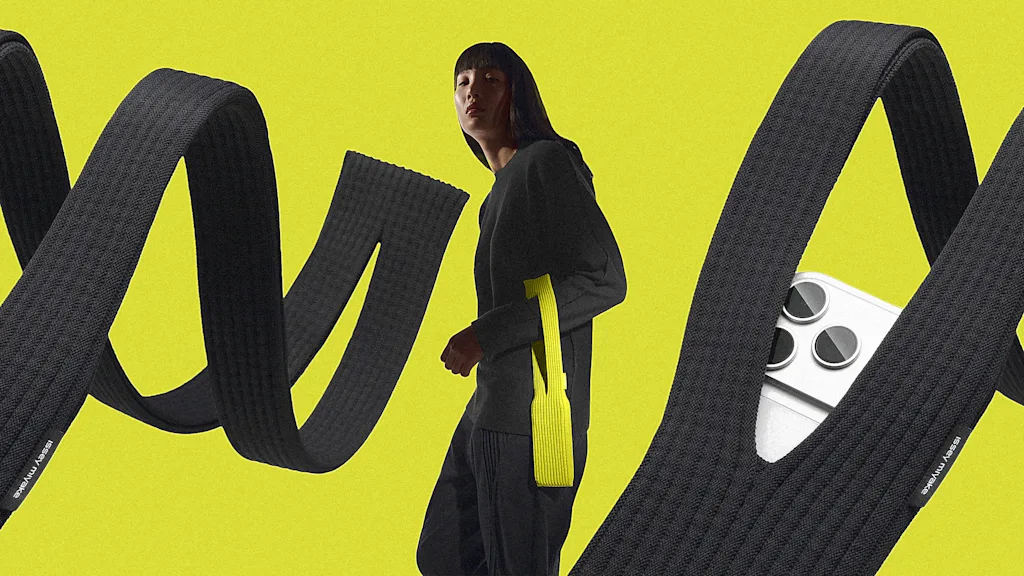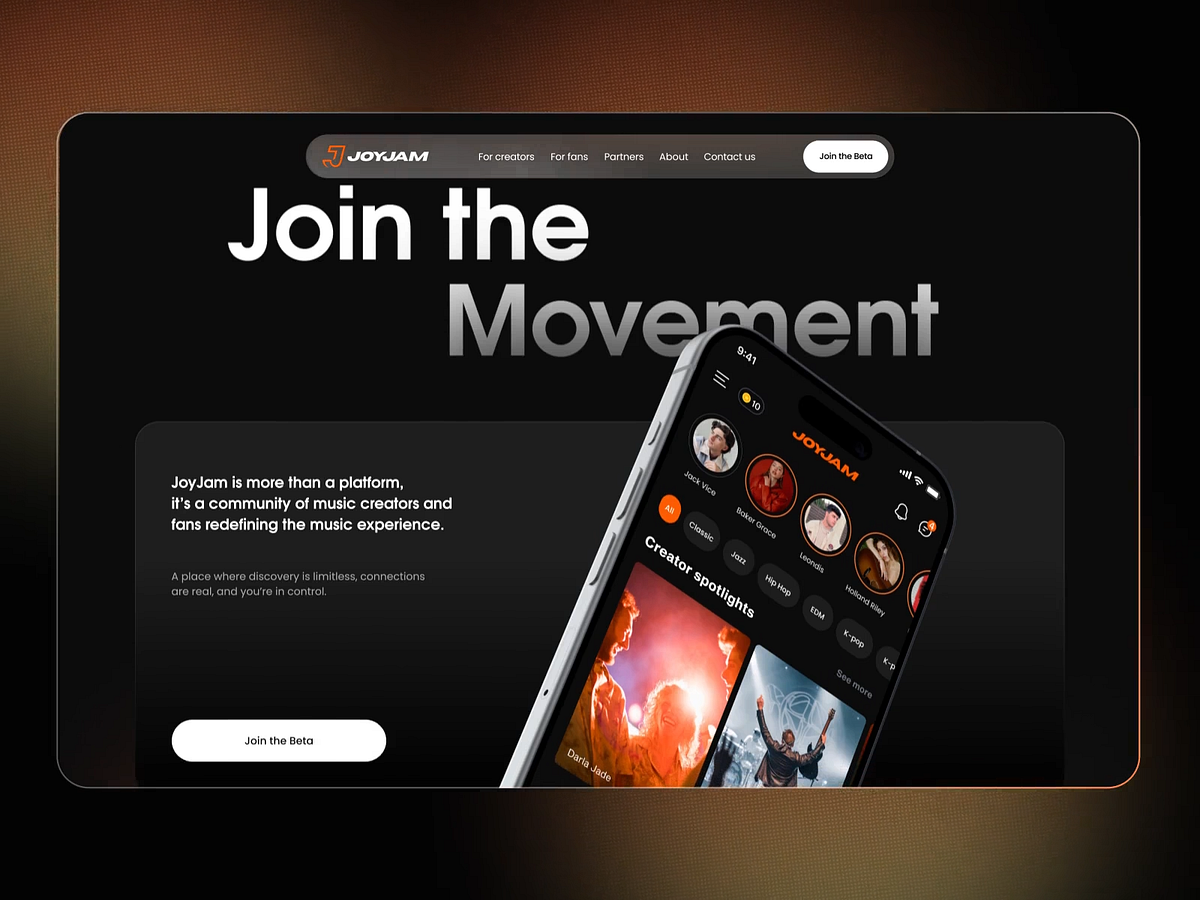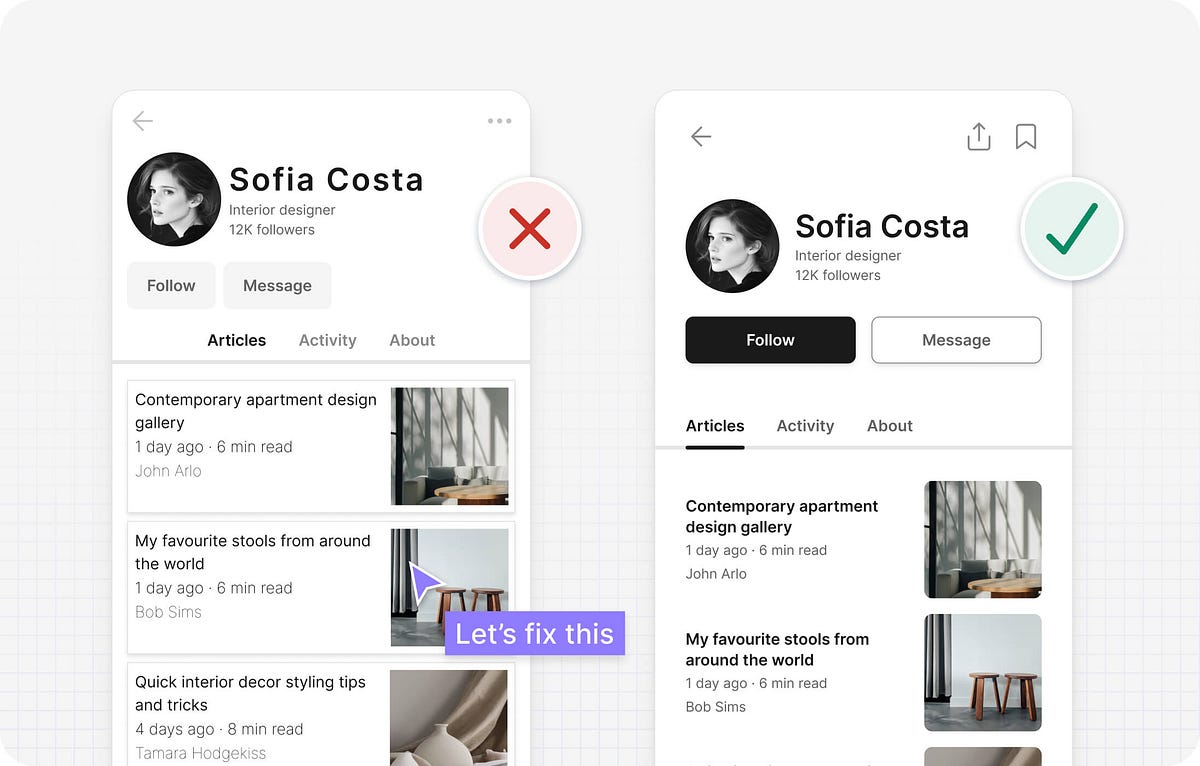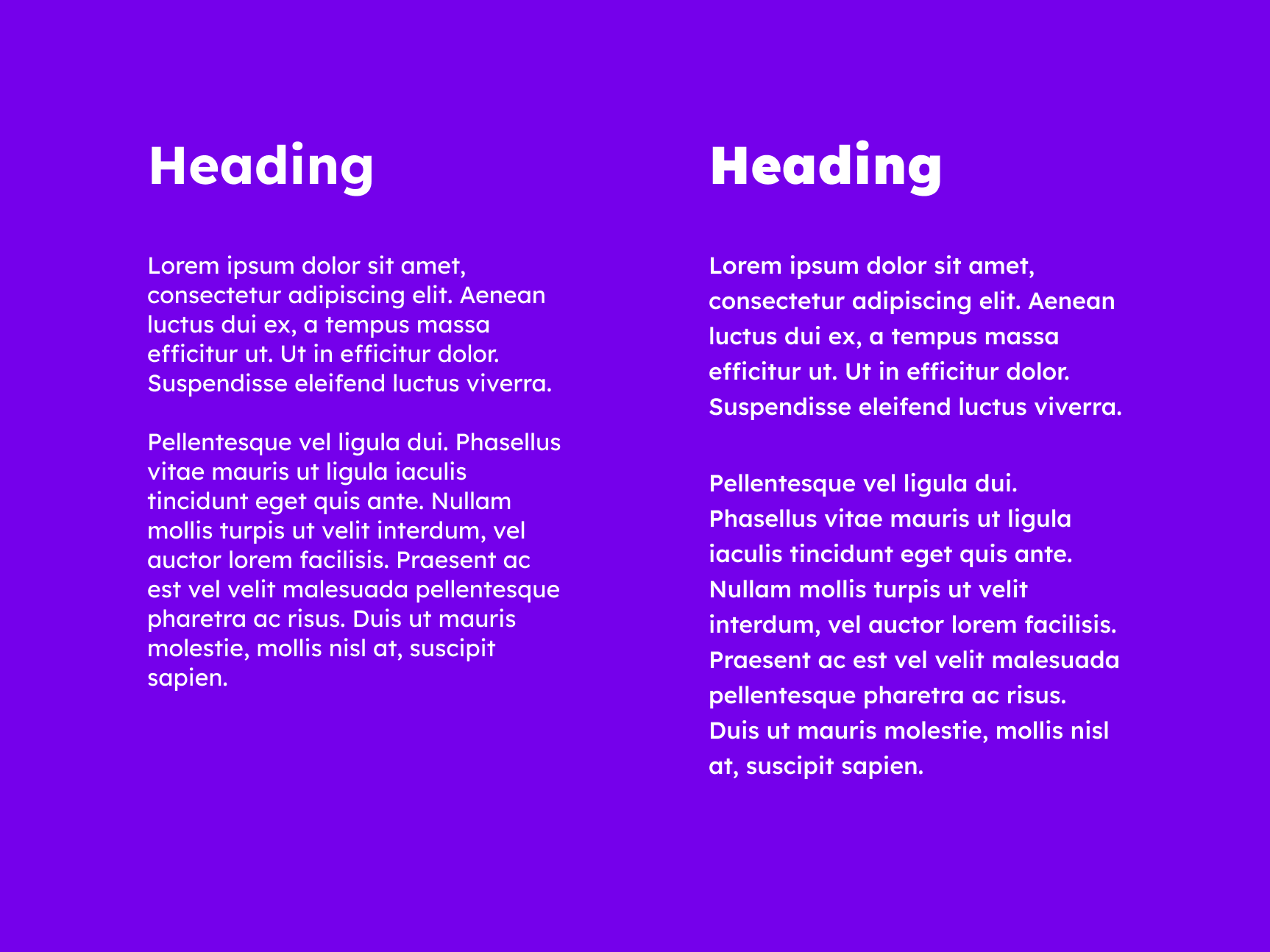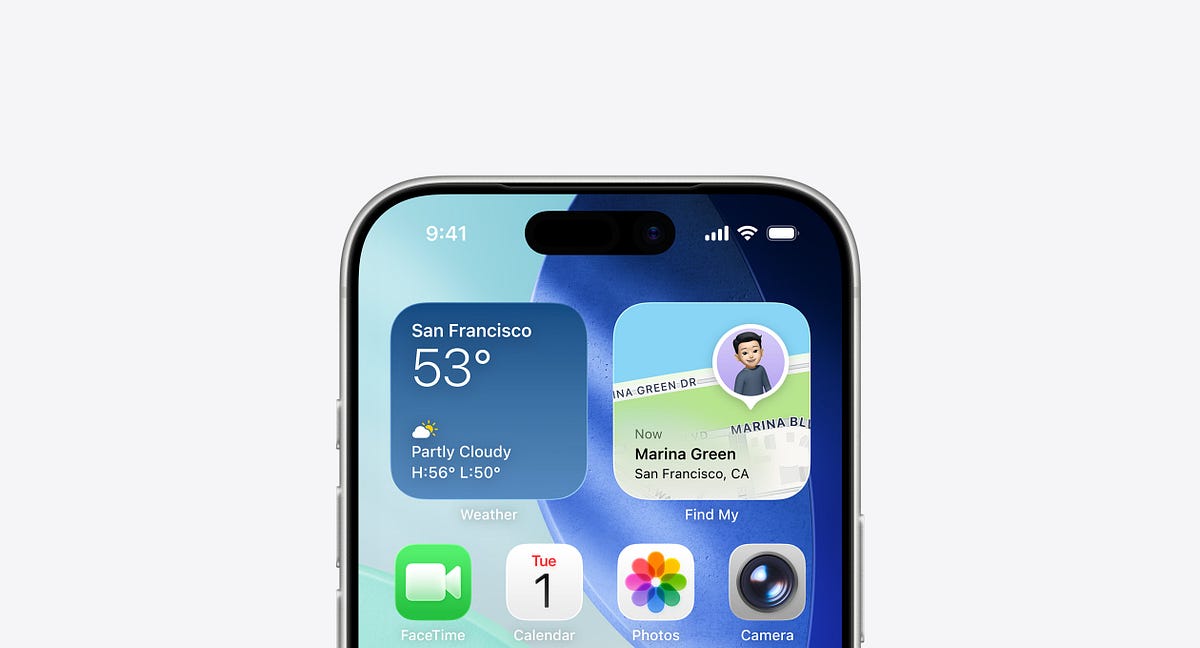#usability
#usability
[ follow ]
fromTalentLMS Blog
4 weeks agoTop 7 Absorb LMS Alternatives for 2026
Absorb LMS is a well-known name in the corporate learning world. It gets a lot of attention for its deep e-commerce engine, making it a common choice for businesses that sell training. The learning platform also efficiently manages complex external training programs for customers, franchises, or partners. But no single learning management system, even a very capable one, can be the perfect tool for every company.
Education
fromwww.sitepoint.com
1 month agoKindly Give Your Precious Feedback on my new website design
Hey everyone, I have been working on a new website and would love some honest feedback from the community. I have focused on usability, visual balance, and performance, but I'm sure there's room for improvement. You can check it out here:Instagram Story Viewer I would really appreciate your thoughts on the layout, typography, and overall experience anything that stands out as good or bad. Thanks in advance for taking the time!
UX design
fromTheregister
1 month agoAI is the flying car of the mind: Irresistible, impractical
Steve Jobs probably didn't remember how many times he skinned his knees learning to ride a bike before describing a personal computer as a "bicycle for the mind." Jobs' point was that both tools help us to go further, faster, with just a little extra effort. Today, the remark serves as a reminder that it's not possible to immediately become productive using a technology you've never used before.
Artificial intelligence
fromThe Hacker News
1 month agoProduct Walkthrough: How Passwork 7 Addresses Complexity of Enterprise Security
Passwork is positioned as an on-premises unified platform for both password and secrets management, aiming to address the increasing complexity of credential storage and sharing in modern organizations. The platform recently received a major update that reworks all the core mechanics. Passwork 7 introduces significant changes to how credentials are organized, accessed, and managed, reflecting feedback from real-world users. The redesign prioritizes usability and security, with a focus on streamlining workflows and making key features more accessible.
Information security
fromTheregister
1 month ago'Don't even consider' Microsoft? Gosh
In fact, the subtitle is more descriptive: "In which a G-Suite user navigates the upside-down world of Exchange, 365, and SharePoint." It's a fascinating glimpse into how horrifyingly complex, even irrational, the Microsoft 365 software stack looks to someone who is used to the Gmail way of handling such business communications: groupware, as it was called in the ancient times. Email, user accounts, file sharing, and so on.
Software development
fromWIRED
2 months agoGoogle's Conversational Photo Editor Is the Rare AI Feature People Will Actually Use
A prototype app called Pixeltone developed by Adobe Research and the University of Michigan showed the possibility of using voice control and touch for photo editing. The top comment on the YouTube video demonstrating the capability is this one, left by a viewer 12 years ago: "Why so much hate? It isn't for the "real" photographer, but for my dad, that sometimes uses Photoshop; this is great."
Artificial intelligence
fromNextgov.com
2 months agoVA to focus on EHR deployment first, then innovative additions, official says
Speaking at GovCIO's Health IT Summit, Dr. Neil Evans - acting program executive director of VA's Electronic Health Record Modernization Integration Office - said the focus of the modernization project still remains on usability and operational effectiveness of the system, although he added that achieving those goals will also set the stage for the potential embrace of other tech solutions moving forward.
Healthcare
fromMedium
2 months agoThe architecture of human error
Take a look at the picture above. Countless dials, each presumably conveying critical information about the health of a nuclear reactor. Is this well designed? From the "functionality" perspective - yes, it works. It does what it is intended to do. But from a perspective of human error it couldn't be worse. The design makes it almost impossible to detect changes, to identify critical components, and most importantly, to make decisions based on the information. The result will be an inevitable catastrophe.
Design
Video games
fromSitePoint Forums | Web Development & Design Community
3 months agoI built a "Grow a Garden Calculator" - would love your feedback
Grow a Garden Calculator helps players compute crop, pet, and item values, plan fair trades, and experiment with strategies while seeking usability and feature feedback.
fromeLearning
2 months agoMultiple screens setup - crashing and unusable. - eLearning
As a developer I have multiple screens, like most nowadays, However, I am STILL using Adobe Classic for software simulation as the easiest to use. Every now and then I try to use the new Captivate version in the hope the the screen bug would be removed. but not only does it not work with muliple screens, it crashes, it slows down even when they are set at the same resolution etc.
UX design
fromKnow About Accessibility
4 months ago5 simple fixes that make digital spaces calmer-for neurodivergent and all users.
Implement simple neuro-inclusive design changes—motion control, simplified navigation, flexible timing, reduced clutter, and diverse input—to improve accessibility for neurodivergent users and everyone.
fromMail Online
2 months agoiPhone users BAFFLED to discover 'disturbing' design hidden in alarm
iPhone users have been baffled to discover a secret design element that has been hidden in plain sight for years. In a viral post on X (formerly Twitter), one user has shared their strange discovery about the iPhone alarm. When you set an alarm on an iPhone, it looks as if you are spinning a wheel with the numbers one through 12 written around the circumference. However, users have now discovered that this isn't really the case.
Apple
fromSearch Engine Roundtable
5 months agoGoogle Merchant Center Updates User Interface Elements
While a minor update on the surface, this change is a welcome one for usability. By removing the gear icon - which many users overlooked or misunderstood - and replacing it with a plainly labeled 'Settings' section, Google is making the platform more intuitive, especially for new or less technical users.
Mobile UX
Cryptocurrency
fromHackernoon
1 year agoCwallet Launches Next-Gen Wallet and CozyCard Redesign: Elevating Crypto to Real-World Spending | HackerNoon
Cwallet prioritizes usability in the crypto space by offering a user-friendly experience, enabling simple sign-ins, and enhancing security without user burden.
[ Load more ]
